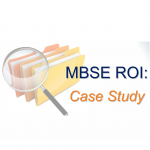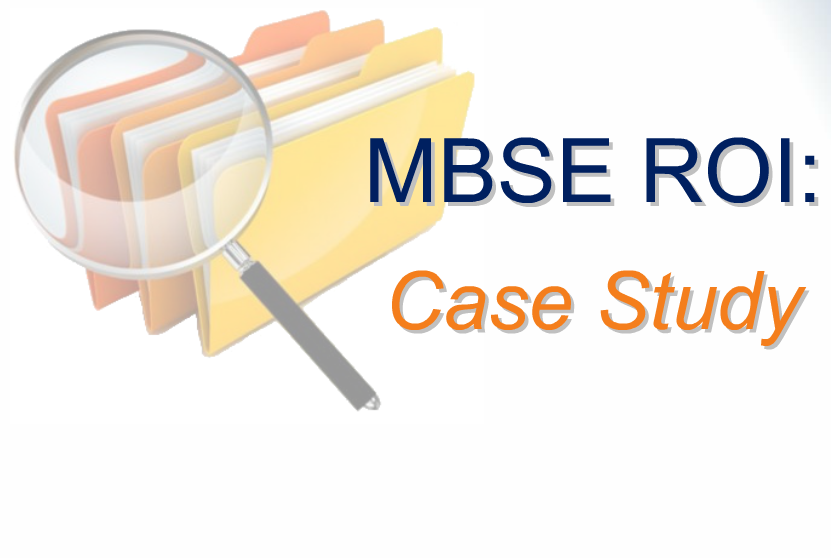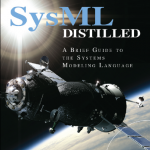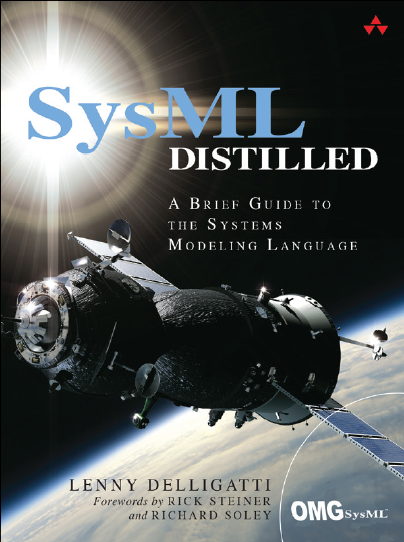
 Lenny Delligatti, the author of SysML Distilled, presents this 26-minute on-demand webinar discussing MBSE ROI. He presents data collected from four aerospace and defense programs. These data provide evidence that there is a higher probability that MBSE will result in a better outcome than the traditional document-based approach.
Lenny Delligatti, the author of SysML Distilled, presents this 26-minute on-demand webinar discussing MBSE ROI. He presents data collected from four aerospace and defense programs. These data provide evidence that there is a higher probability that MBSE will result in a better outcome than the traditional document-based approach.
Two roots of MBSE ROI are presented:
• Automated consistency among work products when a change occurs
• Rapid, definitive answers to stakeholders’ questions
Lenny demonstrates both of them in an actual system model.
These are the benefits of adopting and practicing Model-Based Systems Engineering (MBSE). These benefits enable engineering organizations to achieve their primary goal: improved affordability and product quality.
If your team is currently practicing the traditional, document-based approach to engineering, then you have experienced the burden and cost of manually maintaining a disjoint set of work products (i.e., documents, spreadsheets, diagrams, reports, and presentations). Learn how your organization could use MBSE to navigate the rigors of an effective engineering process to realize the joy of designing great products, delivered on time and within budget.
Please follow a link to this on-demand webinar:
https://ei194.infusionsoft.com/app/page/mbse-with-sysml-webinar-registration-12-mar
Please note that you can download a PDF copy of the PowerPoint presentation from the “Files” pod in the upper-right corner of the window after you start the on-demand webinar. The PowerPoint file contains links to many free resources to help you get started with MBSE.

